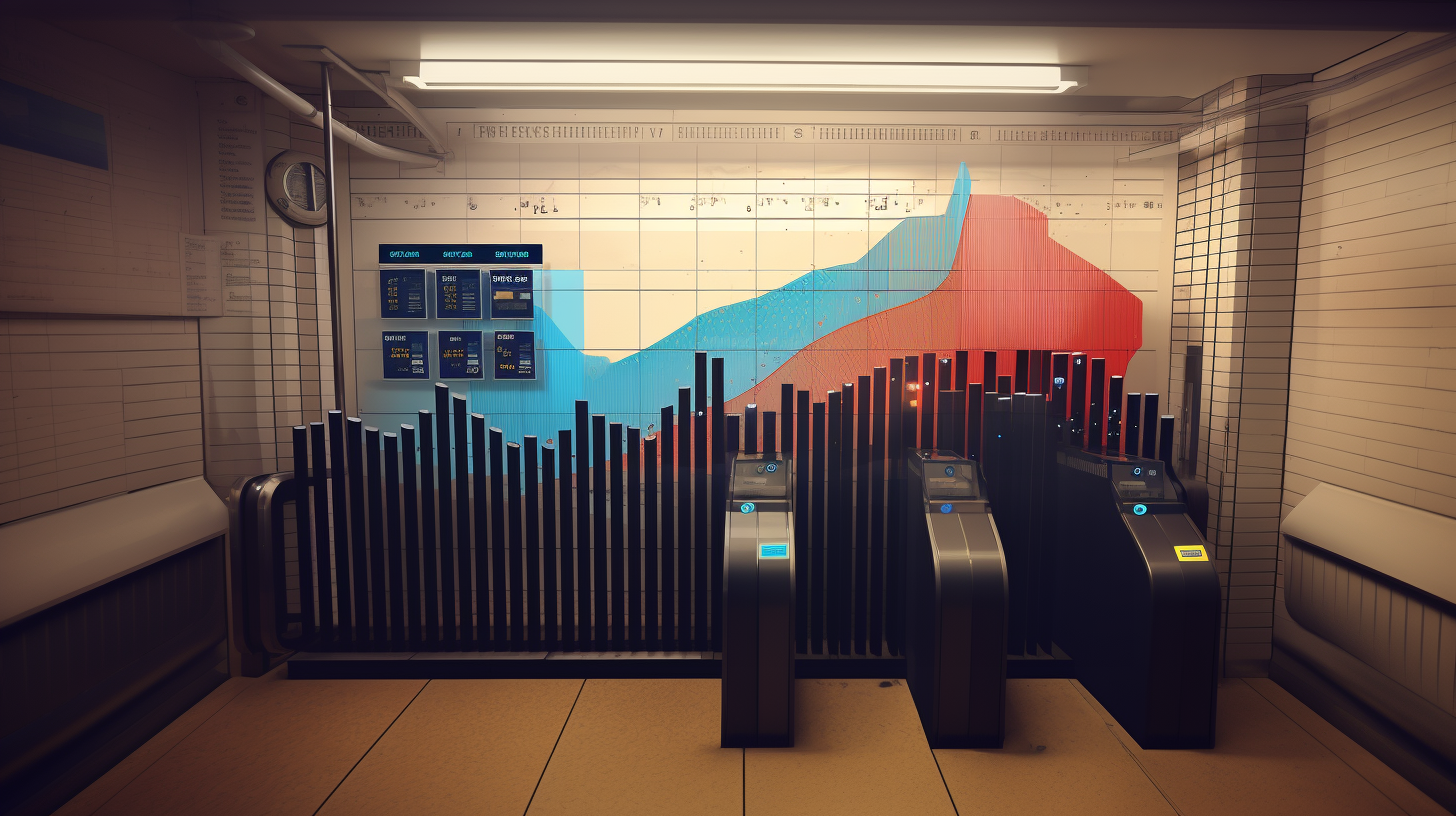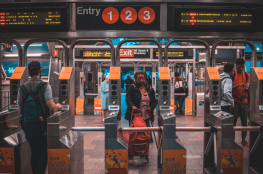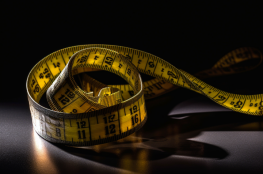On May 17, the Blue-Ribbon Panel for Fare Evasion of the Metropolitan Transportation Authority (MTA) issued a report detailing the problem and outlining its two methods for measuring it.
According to the most recent data, a concerning pattern has emerged: fare evasion rates increased significantly from pre-pandemic levels of 3 to 6% to 13.5% in 2022. The MTA predicts that in 2022, subway evasion cost it roughly $285 million.
On pages 46-48, the report outlines the MTA’s employment of two complementing fare evasion measurement methodologies. The first is a series of structured surveys devised by Columbia University, and the second is cutting-edge computer technology that works around the clock to identify and detail various types of fee evasion.
The University of Columbia-developed survey has been meticulously crafted to capture varied perspectives and draw a detailed picture of the problem at hand.
The second method allows for 24/7 monitoring of fare evasion, providing the MTA with real-time data and insights. This continuous data collecting and analysis offers an unfiltered, continuous view of the issue.
This innovative system is currently operational at seven stations throughout the city, with plans to expand to an additional 24 stations in the near future.
In closing, by combining traditional survey methods with novel technology, the MTA is taking a comprehensive, analytical approach to fare evasion, potentially paving the way for more efficient and effective strategies in the future.
Visit this link to view the complete report.



